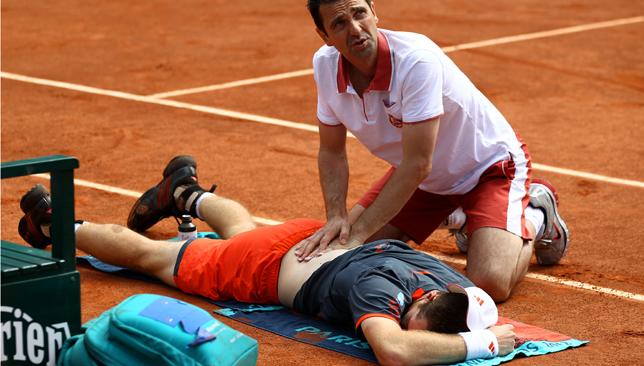
Treatment
The good news is that for most people, a bulging disc will correct itself in a month or two with conservative treatment. It’s important that you see an orthopaedic doctor to get the correct diagnosis which will probably mean an MRI scan. The general route to recovery following a diagnosis is:-
1. Rest for no more than two days in more severe cases.
Once recovered, it is important to try to find out why it happened in the first place. As mentioned above, try to be more active. Have your posture analysed by an orthopaedic doctor and physiotherapist, at a gait analysis clinic or by a Pilates and Yoga instructor. It’s worth taking the time and finding a handful of exercises you can do on a regular basis to prevent a relapse.
In a small number of cases, surgery may be necessary, but this should be the last resort. Surgery may be considered if:
– there is evidence of severe nerve compression,
– your symptoms have not improved using other treatments,
– you are having difficulty standing or walking,
– you have severe symptoms, such as progressive muscle weakness or altered bladder function
Simple Preventative Exercises
Keeping your spine mobile and the supporting muscles flexible but strong is the key to avoiding back problems. These are very simple and anyone can do them on hands (knuckles if wrists are a problem) and knees:
1. Cat/Cow: Exhale as you flex your back to the sky scooping up the belly and tucking the chin and tailbone. As you inhale extend by lifting the tailbone and head and allow your back to sink. (10 sets)
2. Spine Twist: Find a midpoint between the above moves for a neutral spine and pull up the belly to maintain stability in the pelvis. Inhale as you raise your right arm to the sky, rotating your torso from the waist up; exhale as you twist in the other direction, stretching your arm under the body (Five sets each way).
3. Box Swim: Take your weight on your right hand and left knee as you lengthen the other two limbs off the floor and stretch in opposite directions. Keep your body absolutely still.
4. Side Bend: Squeeze ribs and hips together as you exhale, shortening the waist one side and stretching the other (Alternate five sets).